In my first year of ll.b, when I searched for the best movies on law, “To Kill a Mockingbird” was at second number on the list as the best movie on law after “12 angry men”. And when I watched “To Kill a Mockingbird” it became my favourite movie of all language but that time I did not know that there was also a book on it. And when I figured it out, this was inevitable for me to read the book and I did so.
To Kill a Mockingbird is a story of two children, Jim Finch and Jean Louise Finch (nickname scout), who live in “Maycomb county”. The narrator of the novel is adult scout, who narrates the story of her childhood.
Book starts with the narration of their family history, moves to the adventure of mysterious Radley place and further runs to their school, plays, observations of the county, learning of wrong and right, meeting with odd and good people, life of negroes and white, white’s prejudice towards Negroes, life of pageants and life of town, and to the most important episode of this book “case of tom Robinson”, to consequences of the cases and at last, to the full stop of the case.
STORY IN BRIEF
Time period of the novel is set in 30s-40s of 20th century. It is a small county, “Maycomb” county where two children “Jem finch” and his younger sister “Jean Louise finch” (scout) are living with their father “Atticus finch” who is a criminal lawyer.
“Maycomb……… was the county seat of Maycomb County……Maycomb was an old town, but it was a tired old town when I first knew it. …People moved slowly then. A day was twenty-four hours long but seemed longer. There was no hurry, for there was nowhere to go, nothing to buy and no money to buy it with, nothing to see outside the boundaries of Maycomb County.”
Children don’t have mother; she died when Jean Louise was “2 years old”. So they have a Negro housekeeper “Calpurnia” who cared them as a mother and also see the household work of their house.
Finches family has a very interesting family history. Children’s ancestor Simon Finch toured the world and with the help of his slaves, he established homestead on the banks of the Alabama River.
“It was customary for the men in the family to remain on Simon’s homestead, Finch’s Landing, and make their living from cotton. ………it left his descendants stripped of everything but their land, yet the tradition of living on the land remained unbroken until well into the twentieth century, when my father, Atticus Finch, went to Montgomery to read law, and his younger brother went to Boston to study medicine……Finch’s Landing consisted of three hundred and sixty-six steps down a high bluff and ending in a jetty.”
One day, both children find a boy “summer dill”, a boy who came to his aunt in Maycomb in summer holidays. But this boy also has mysterious belonging and it is captivating to know about his parents.
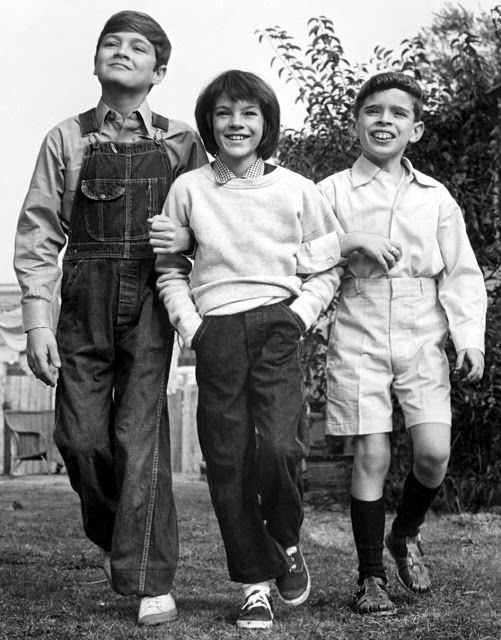
They meet him and become friends very soon. As soon as Their holidays start, their adventure to Radley place also starts. Radley place is a house situated in their neighbourhood and behind their school. This place legend always terrorized the county because a secret is connected with this place.
“The Radley Place was inhabited by an unknown entity the mere description of whom was enough to make us behave for days on end; ………Inside the house lived a malevolent phantom. People said he existed, but Jem and I had never seen him. People said he went out at night when the moon was down and peeped in windows. When people’s azaleas froze in a cold snap, it was because he had breathed on them. Any stealthy small crimes committed in Maycomb were his work……. A baseball hit into the Radley yard was a lost ball and no questions asked.”
Whenever we read about Radley place and the tales behind it, our curiosity always increases but author also took care of it and the secret almost disclose in the last chapter of the book.
When dill hears about this place from Jim, he challenges Jim to face the horror of the place by touching its door, they also do other dares and try to figure out the mystery of the place and do many tactics just to draw the inhabitant outside from his home. However, all their adventure to call the inhabitant of the place fails and ends with strict warning either by Atticus finch or someone else.
Second most important and main episode of the book is “the case of Tom Robinson”. Tom Robinson is a negro who is charged with the rape of a white girl “Mayella violet Ewell”. Atticus gets the case and it is also interesting to know why Atticus gets the case. Almost every person of the county criticizes to defend a black man. But Atticus shows his utmost courage and put all his efforts to save tom from false accusations.
“Why reasonable people go stark raving mad when anything involving a Negro comes up, is something I don’t pretend to understand.”

It was very difficult for Atticus to manage the things of Robinson’s case because his children were also facing bullying and taunts of other children including their cousin. Their school mate and neighbours saying to them “your father is nigger-lover”. Atticus told his children why he took the case and why he should defend the negro.
“Atticus,” I said one evening, “what exactly is a nigger-lover?…….. said Atticus, “nigger-lover is just one of those terms that don’t mean anything—like snot-nose. It’s hard to explain—ignorant, trashy people use it when they think somebody’s favouring Negroes over and above themselves. It’s slipped into usage with some people like ourselves, when they want a common, ugly term to label somebody.”
Whenever scout (Jean finch) and Jem hear anything new, they ask about it to her father and her father do every effort to tell them the exact meaning of those things. At the tender age of his children, when his children starting to understand the things and concepts, Atticus takes care to teach them only the right meaning teach of the things without any biases, so that, his children don’t create any prejudice about anything.
“I just hope that Jem and Scout come to me for their answers instead of listening to the town. I hope they trust me enough…”
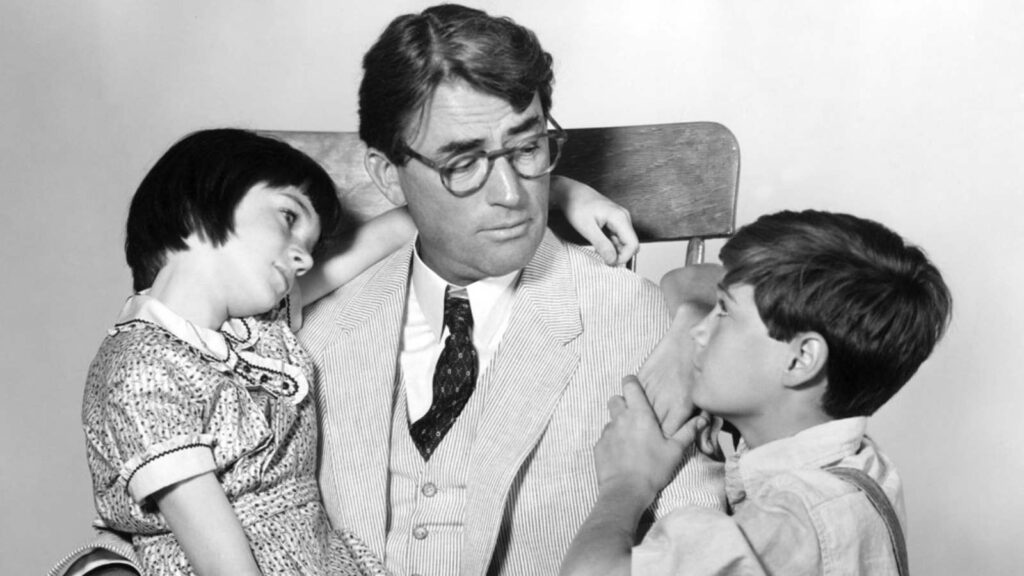
MAIN FEATURES OF THE BOOK
Adventure of Radley place and Tom Robinson case are the main attraction of the novel. However, there is also the narration of school but school episode is inter-connected with the Radley place and Tom Robinson case. As I said above, redly place is behind the school and it is the school where scout faces humiliation on her father’s nigger love.
“He had announced in the schoolyard the day before that Scout Finch’s daddy defended niggers.”
School of Jem and Jean is also main in the novel. Through the narration of school, Author tells us the “education system and teaching method of the school”, “stories of different folks of the county like Cunningham and Ewells whose families are the important part of the novel. School narration was also important to tell about the social interaction of Jem and scout. School could be the tool to develop the prejudice in both children’s mind however they were the children of a lawyer and whenever they heard anything odd, they asked Atticus about it and Atticus explained them about that.
“But it’s okay to hate Hitler?
It is not,” he said. “It’s not okay to hate anybody.”
“Atticus,” I said, “there’s something, I don’t understand. Miss Gates said it was awful, Hitler doin’ like he does, she got real red in the face about it—”
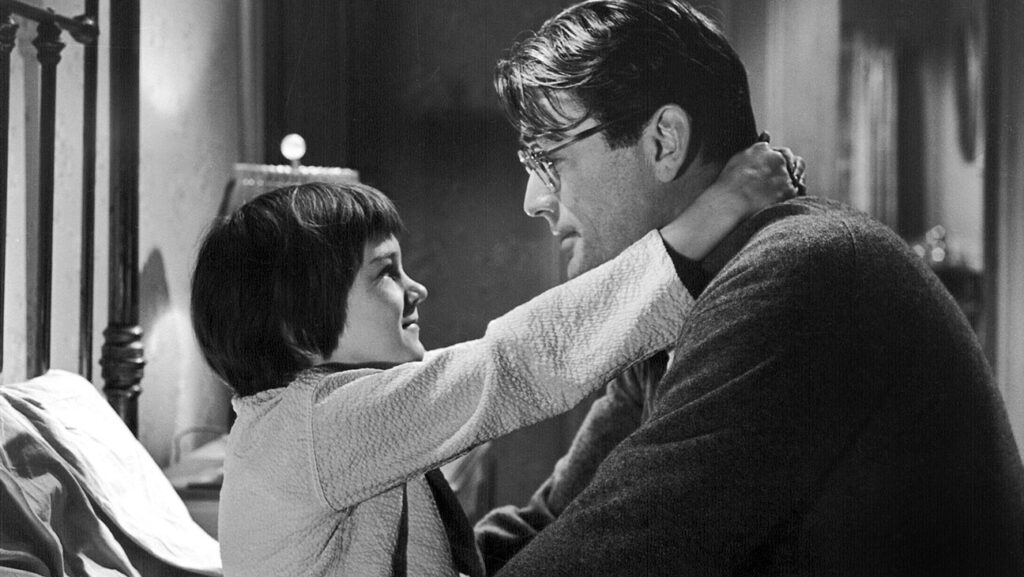
Tom Robinson case disclose the whole black and white thing of that time period, the prejudice of white people for negroes, the life of negroes and their occupations, the different church for them and different prayer day for them, the attitude of white people towards negroes and place of black people in white people’s house.
“—the evil assumption—that all Negroes lie, that all Negroes are basically immoral beings, that all Negro men are not to be trusted around our women, an assumption one associates with minds of their calibre”.
However, these whole black and white things did not affect the house of Atticus. Calpurnia was black woman but Atticus always considered her as part of their house, either it is scout or Atticus’s sister Alexandra, whenever any person asked him to terminate the service of Calpurnia, Atticus always shut them.
“you’ll see white men cheat black men every day of your life, but let me tell you something and don’t you forget it— whenever a white man does that to a black man, no matter who he is, how rich he is, or how fine a family he comes from, that white man is trash.”
Depiction of the courtroom scene is so vivid, narrator illustrated the courtroom scene like a picture. When we read the courtroom scene, it looks like we are watching the movie. Everything and every person is depicted very precisely.
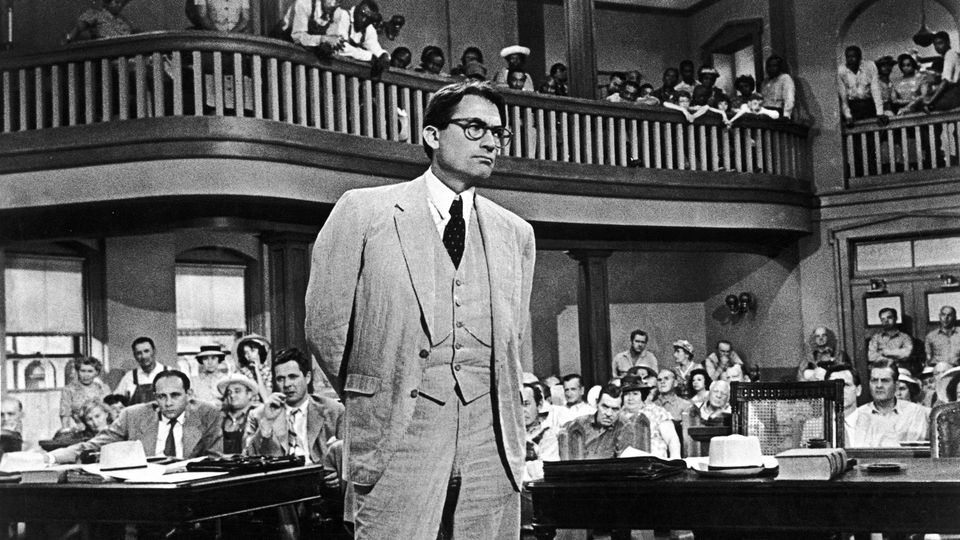
The last chapters are important when we meet with the habitant of Radley place who saves the life of Jem and scout and the face-off of Jem and scout with an attacker. In the last chapter, three main plots (Robinson’s case, Radley place inhabitant, and school) are interwoven.
In the novel, Atticus has emerged as a true hero, ideal father, noble person, and a model for lawyers who put everything at stake just to save a negro.
“If your father’s anything, he’s civilized in his heart. Marksmanship’s a gift of God, a talent
“I simply want to tell you that there are some men in this world who were born to do our unpleasant jobs for us. Your father’s one of them.”
There is also a special thing in the novel. Whenever author tells us about any person she also describes his/her family history.
“Every town the size of Maycomb had families like the Ewells. No economic fluctuations changed their status—people like the Ewells lived as guests of the county in prosperity as well as in the depths of a depression. No truant officers could keep their numerous offspring in school; no public health officer could free them from congenital defects, various worms, and the diseases indigenous to filthy surroundings. Maycomb’s Ewells lived behind the town garbage dump in what was once a Negro cabin.”
LEGAL POINTS
1. JURY SYSTEM
Novel shows jury system as flawed type where 12 people who already prejudiced with the matter, decides the case. When you live in society, prejudice of the society affects you and when you don’t know about the world and are not fully educated, this prejudice deepens, same happens with jury.
In this novel, jury was the group of 12 white people who decided the case of tom Robinson and were completely biased. Aggrieved by the decision of the case, Jem discusses the jury system with Atticus and asks why should not be just a judge decide the case.
“Then it all goes back to the jury, then. We oughta do away with juries.” Jem was adamant.
Atticus tried hard not to smile but couldn’t help it. “You’re rather hard on us, son. I think maybe there might be a better way. Change the law. Change it so that only judges have the power of fixing the penalty in capital cases.”
Jury system also showed its flaws in India, when bribed, allured, prejudiced jury decided the case in favor of Nanavati in the K.M. Nanavati v. State of Maharashtra, 1962 AIR 605. And after this case, India excused the jury system from the country.
LYNCHING
So, people think lynching is the best tool to teach the lesson to the accused. But who will be responsible if accused is not guilty of crime and he was just suspected? In India, we also saw how people discovered “lynching” as the way to punish the accused at spot. Some lynchings occurred with those people who did not actually commit the crime.
But this psychological disease doesn’t exist only in India, people from all over the world using this from a very long time. In present novel also, some people come to kill Tom Robinson when he was in prison but Atticus put his chair before the prison door and deal with those people who came to kill tom. Luckily, Jem, jean, and dill also reach there in search of Atticus and jean with her innocent behavior forced those people to move back.
CROSS EXAMINATION
Cross-examination part of the novel is a learning episode that every law student must-read. In the full court, when every seat and every corner was full with women, men and their children, Atticus cross-examined witnesses in such a way that county was forced to change their views about tom’s case.
ABOUT THE AUTHOR
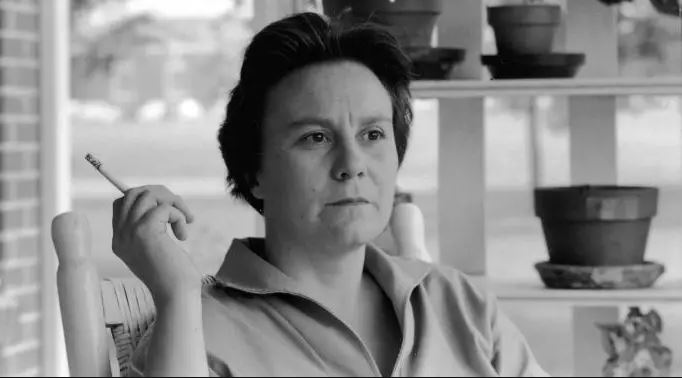
The author of the book is harper lee to whom I first misunderstood with “harper Collins”. But harper lee is an author and Harper Collins is publication house. Harper lee just published this novel in her lifetime and her another book “to get set a watchman” which was written before the publication of “To Kill a Mockingbird”, published after her death. “to get set a watchman” is considered as the sequel of mockingbird because it also contains same character and same place.
It considers that, To Kill a Mockingbird novel was loosely connected with the life of harper lee. Because harper lee’s childhood and scout’s childhood time period was the same. Harper lee was a lawyer and her father was also a lawyer who defended the case of two negroes and those Negroes also found the consequences same as tom Robinson.
Harper lee got instant fame after the publication of this novel. This novel was published in 1960 and in 1961 it won Pulitzer prize and Brotherhood Award of the National Conference of Christians and Jews. In 1962, a cinematic adaptation was done of the novel, for which its lead actor Atticus finch (played by Gregory pack) got Oscar award of best actor.
CONTROVERSY WITH THE BOOK
Book is considered the masterpiece but it also did not escape from controversy. At present, it is taught in American schools as a part of their syllabus but at a time, some people protested that this book should not be taught to children as it deals with rape and racism.
In the end, the question can be asked what are the messages of the book and this can be well explained by these following two excerpts of the book-
“some Negroes lie, some Negroes are immoral, some Negro men are not to be trusted around women—black or white. But this is a truth that applies to the human race and to no particular race of men. There is not a person in this courtroom who has never told a lie, who has never done an immoral thing, and there is no man living who has never looked upon a woman without desire.”
“Atticus said to Jem one day, “I’d rather you shot at tin cans in the back yard, but I know you’ll go after birds. Shoot all the bluejays you want, if you can hit ‘em, but remember it’s a sin to kill a mockingbird.” That was the only time I ever heard Atticus say it was a sin to do something, and I asked Miss Maudie about it. “Your father’s right,” she said. “Mockingbirds don’t do one thing but make music for us to enjoy. They don’t eat up people’s gardens, don’t nest in corncribs, they don’t do one thing but sing their hearts out for us. That’s why it’s a sin to kill a mockingbird.“
This article is written by Advocate A.H. Gangohi.
